First stop: Virginia War Memorial, built in remembrance of Virginians who died in World War II, Korea, Vietnam, or the Persian Gulf War.
The tour begins with a series of dramatized movies to give us insight into the long-term emotional effects of losing a loved one in battle. They added special effects like insects chirping in surround sound to make you feel like you were there with the soldiers in the Vietnam jungle, strobe light to emulate an incoming helicopter by moonlight, and blasts of cold air and snowflakes (sounded like Pop Rocks when they hit my hair) to help us feel the cold conditions of the snowy Korean mountains.
After the video, we went outside to the glass and marble monument that pays respect to each and every Virginian who died in these wars. It was reinforced in class this week, based on a learning inventory, that I am a visual learner and this is a great example of how seeing a tangible reminder of the magnitude of an event means so much more than reading about it. It was powerful to see all the names of those Virginians lost, listed by county, and to think about how many soldiers from across the country were killed.
The Missing Man Table was set up for prisoners of war and soldiers missing in action:
It contains:
- round table to show our everlasting concern
- white tablecloth to symbolize the purity of those who sign up to fight for their country
- red rose to remind us of the lives of soldiers and their loved ones
- red ribbon to symbolize our dedication to account for them
- slice of lemon to represent the bitter fate of those captured or missing
- pinch of salt for the tears of the missing and their families
- Bible for the strength gained through faith
- inverted glass to symbolize the missing or captured's inability to share our toast
- empty chair for the missing
My favorite display was full of telegrams and letters sent from soldiers to their families:
The messages range from short telegrams from a son to his mother reassuring her that he's being fed well and has warm clothes, to a letter sent to the Richmond Times-Dispatch, asking the editor to publish the letter so his family will know he's safe. This one has a positive message, including "We Will Win":
This one seemed innocent enough, talking about breakfast and building a tent in Okinawa, but most of the page was censored by the military:
It's rare that museums and historical attractions offer a first-hand glimpse into the psyche of the soldiers, so it was great to see this collection of personal letters to family rather than rely on the official records for the story.
Our next stop was the Virginia Holocaust Museum.
After watching a brief video containing interviews of local Holocaust survivors, we picked up audio guides and the voice of Jay Ipson, the museum's founder and a Holocaust survivor, narrated our tour.
The first room, and I already learned something I never knew. Not only were Jews persecuted and sent to labor camps, but also any other group of people Nazis thought were detrimental in building the Master Aryan Race. Each group's uniforms (Jehovah's Witnesses, homosexuals, asocial individuals, American prisoners of war, etc.) was identified by a uniquely-colored triangle-shaped patch.
Prisoners were held in very closed quarters like these bunks and were rarely allowed outside:
This guy was standing guard at the ghetto, collecting valuables from people as they walked through the gates:
As we're hearing Jay Ipson's narration and the emotion of his voice as he tells his family's story through this tumultuous time in his life, we see this scene which depicts the Nazi occupation of a neighborhood. These simple figures, made of mesh and decorated only with Stars of David appear almost ghost-like and it was very eery.
Also eery was the story of Mr. Ipson's father, who lied to a Nazi soldier about being a car mechanic, only to be visited later when that soldier needed an auto repair! I was sure the story wouldn't end well, but I was surprised that Jay's father was so resourceful and fixed that car - he was even rewarded with a loaf of bread and a free ride back to the ghetto from the soldier.
At one point in the tour, Mr. Ipson recommended that we walk over this Nazi flag. He was very persuasive, and who am I to disregard his instructions? Dave may or may not have stomped on it, rather than simply walking over it.
Visiting these sites was a great way to remember the sacrifices of young soldiers who volunteered to protect our country in times of war and ensure freedom for all of us, as well as the senseless deaths of 6 million people who were guilty of nothing but being who they were. I couldn't help but feel vindicated when I walked into the Nuremberg Trials Courtroom exhibit and witnessed (sort of) justice for the countless evils committed by these officials.

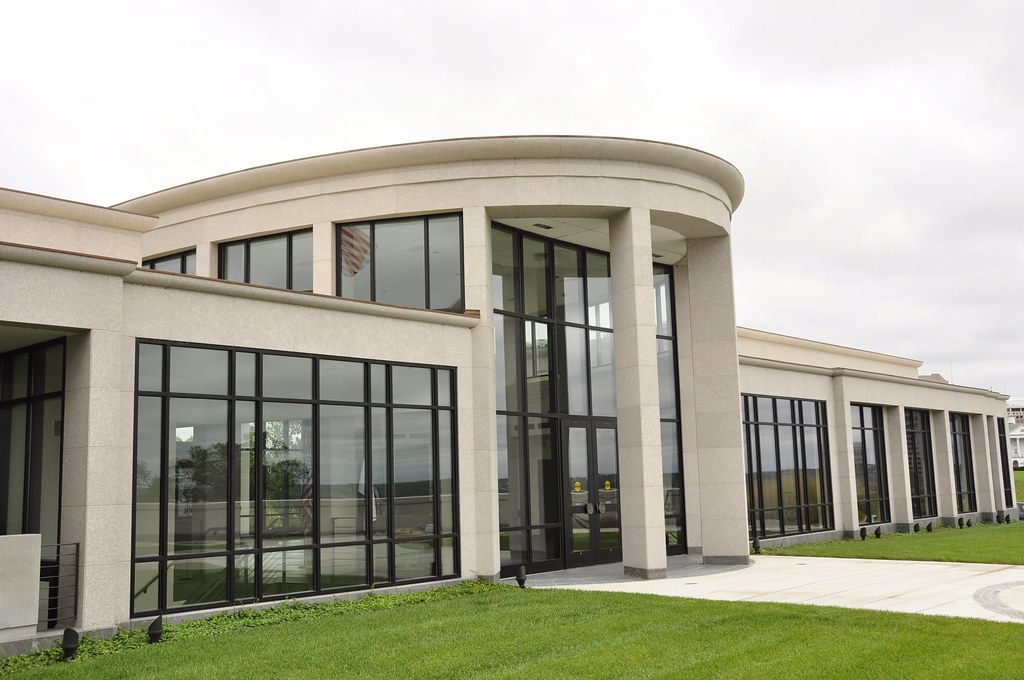
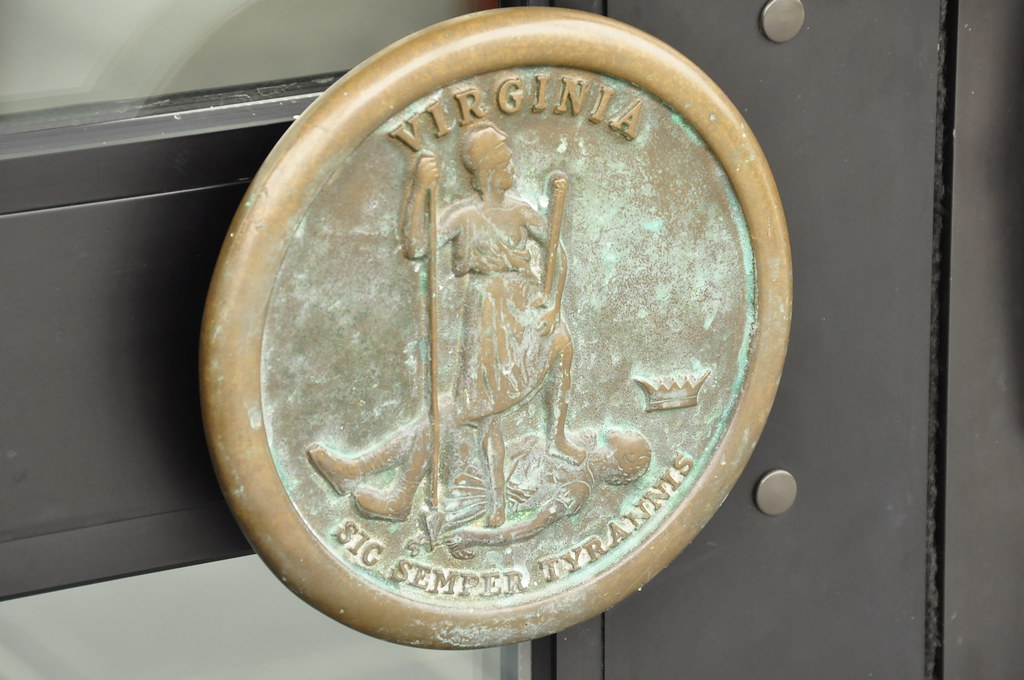
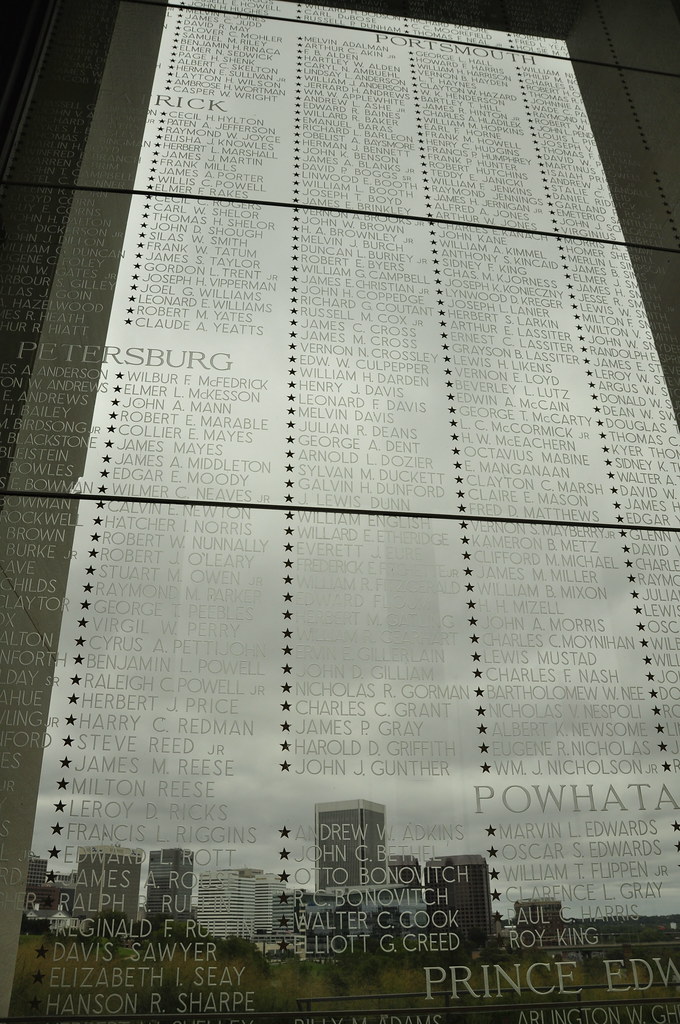


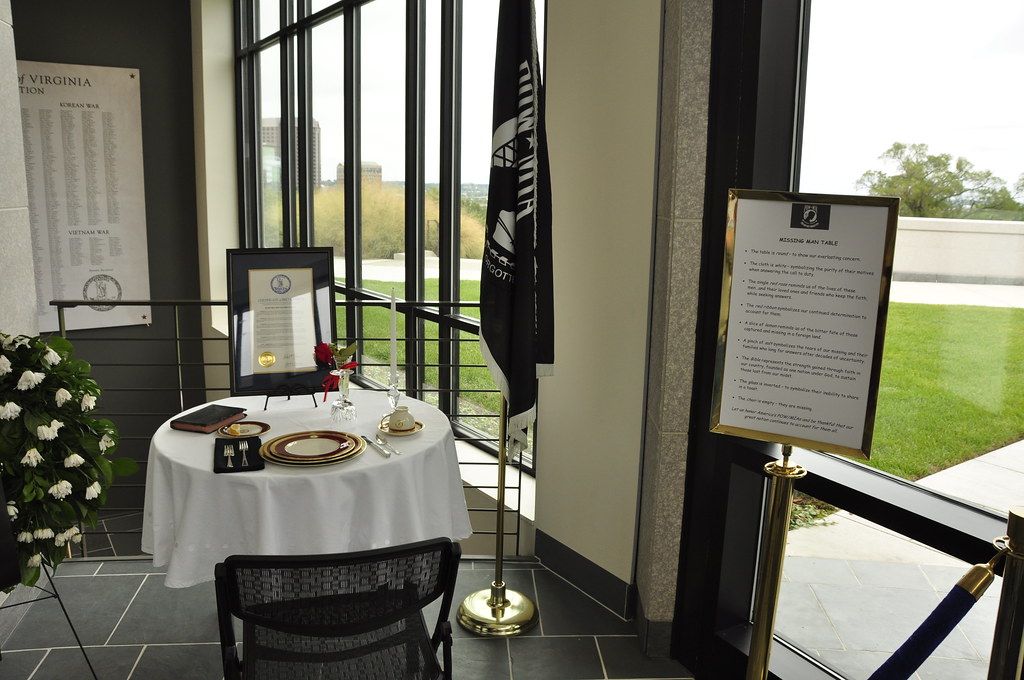
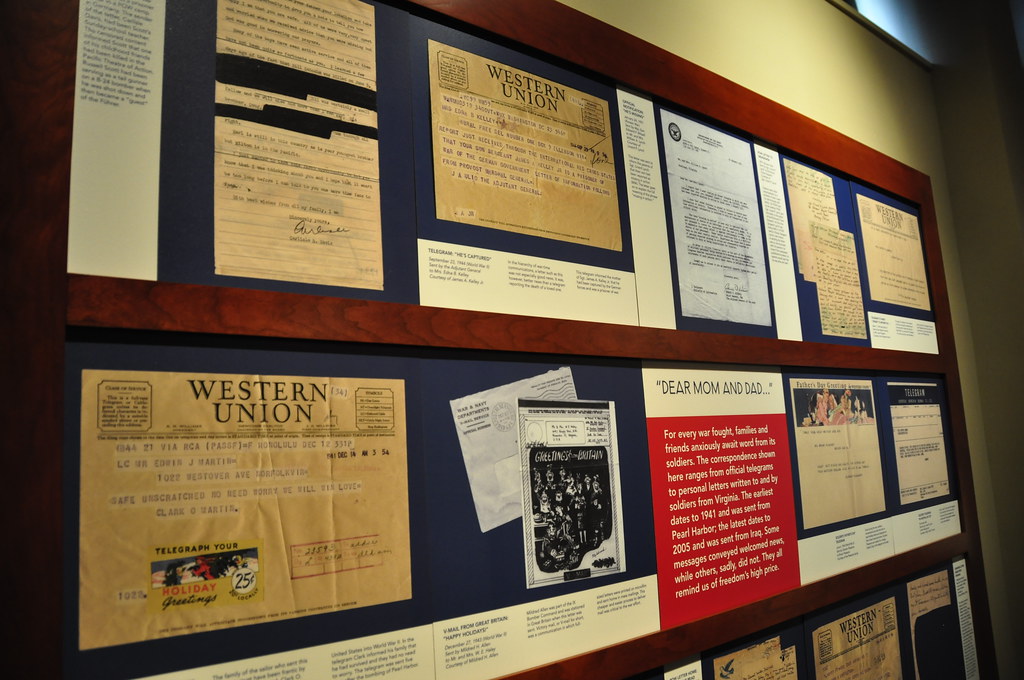
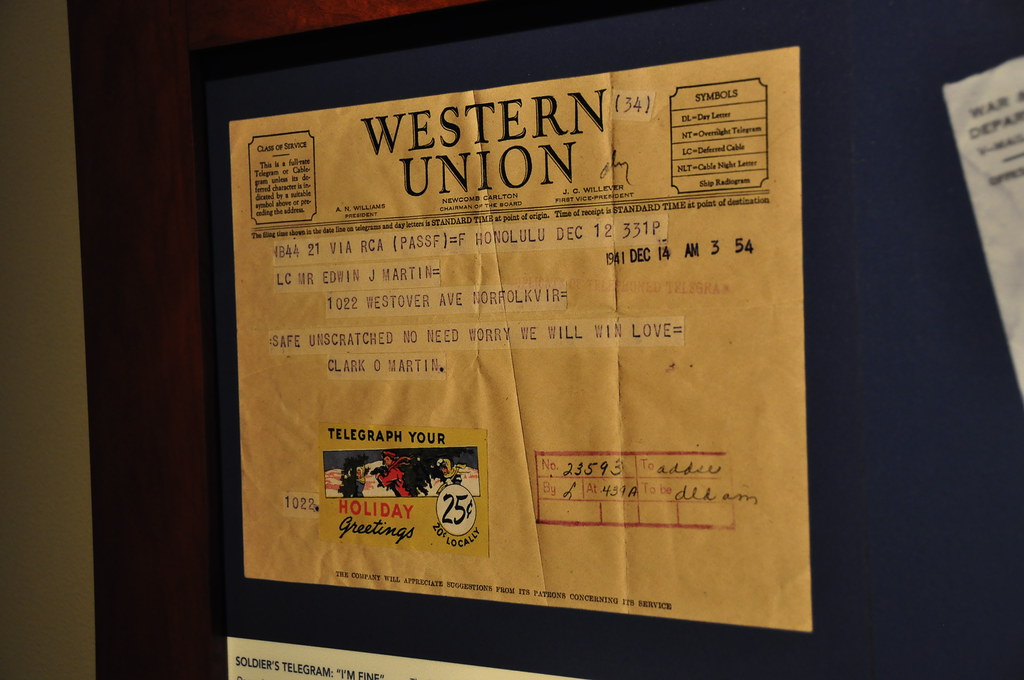
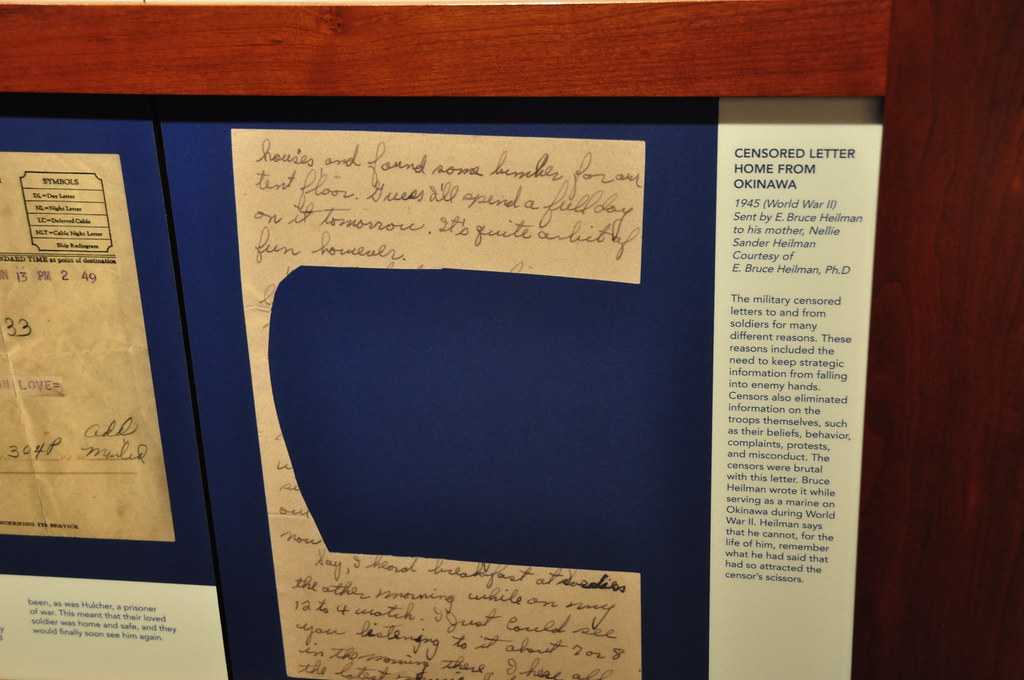
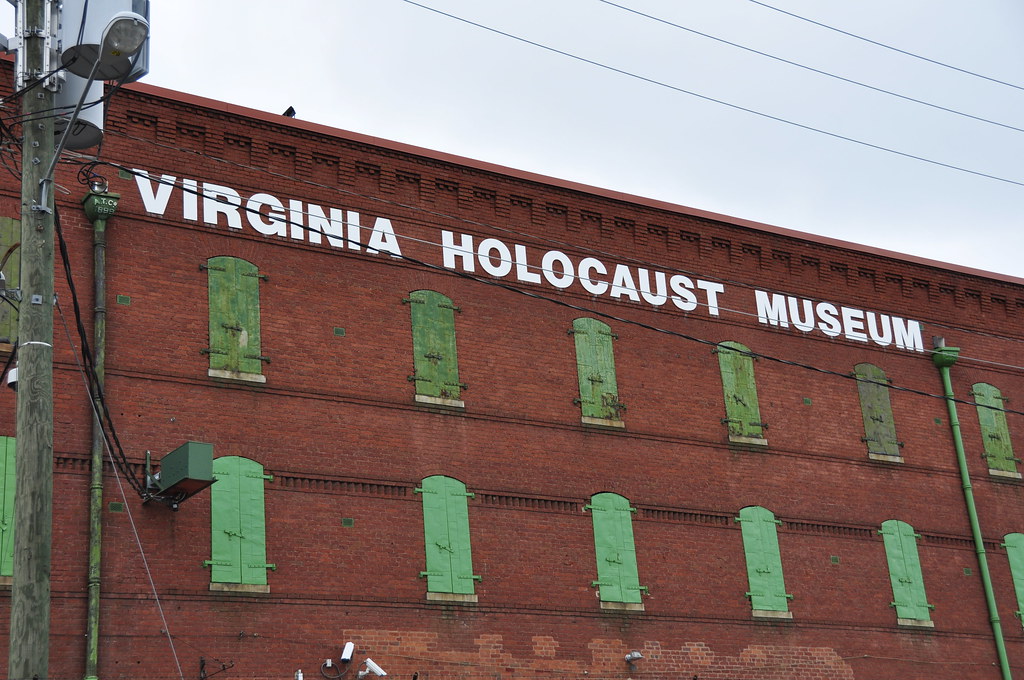


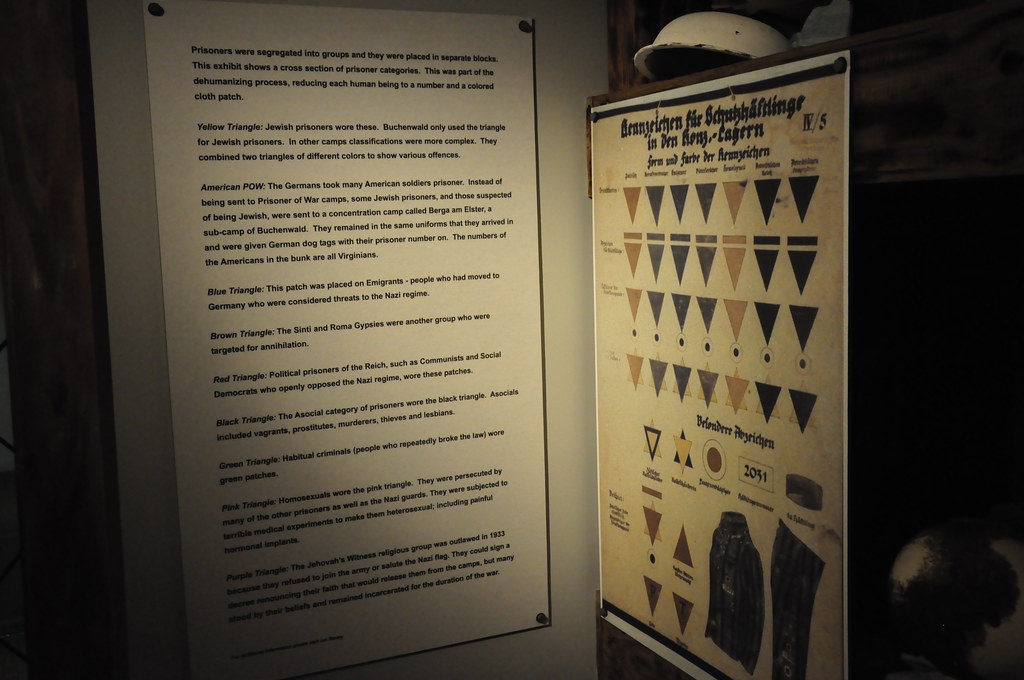

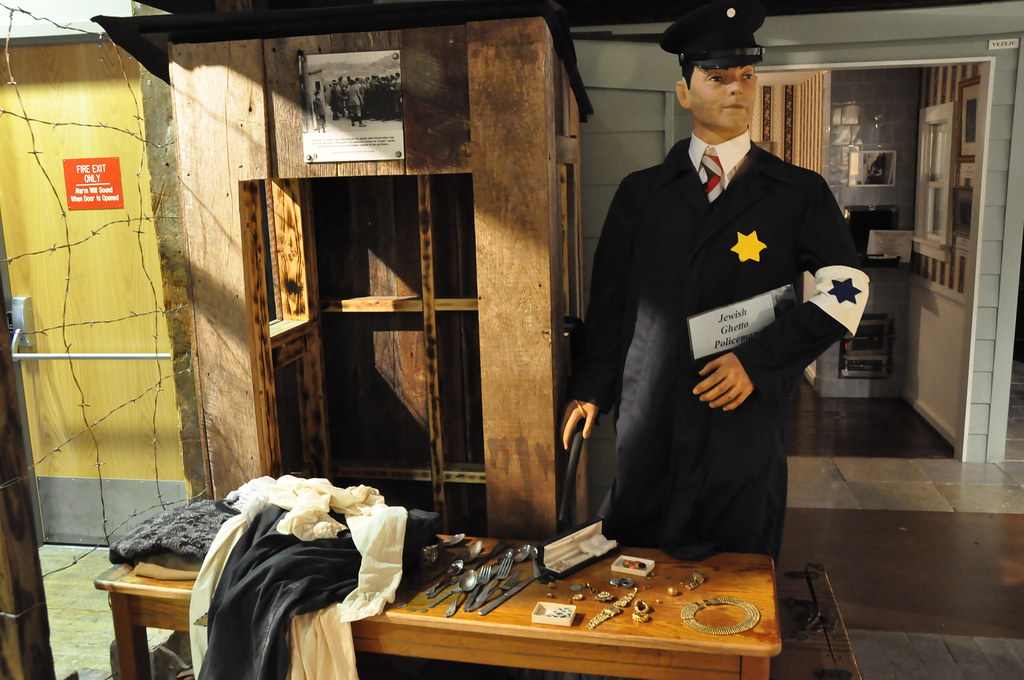

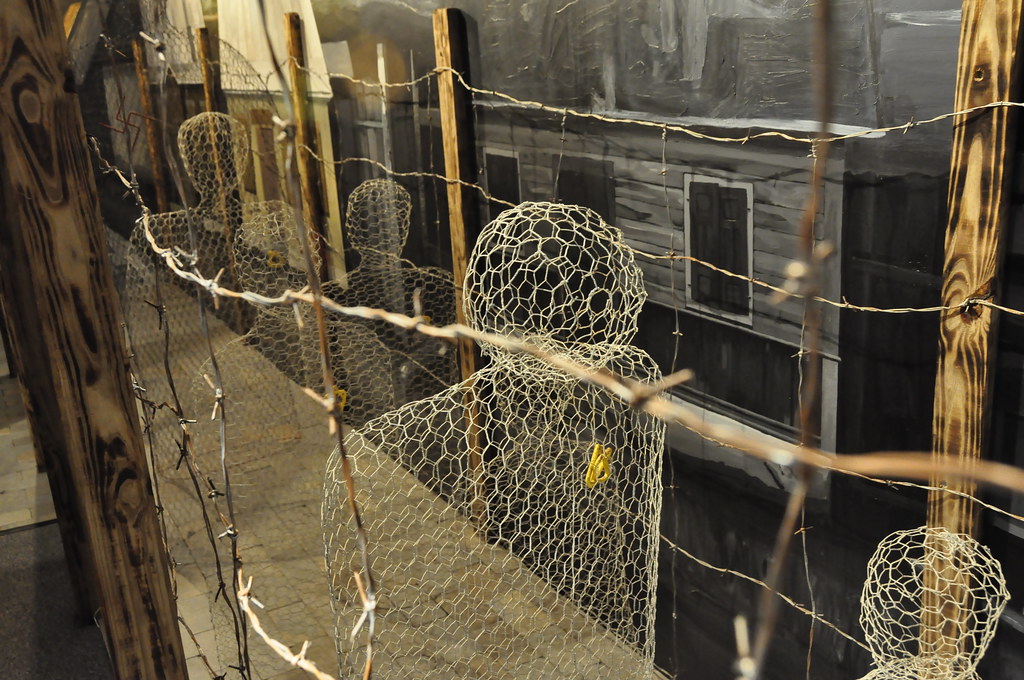
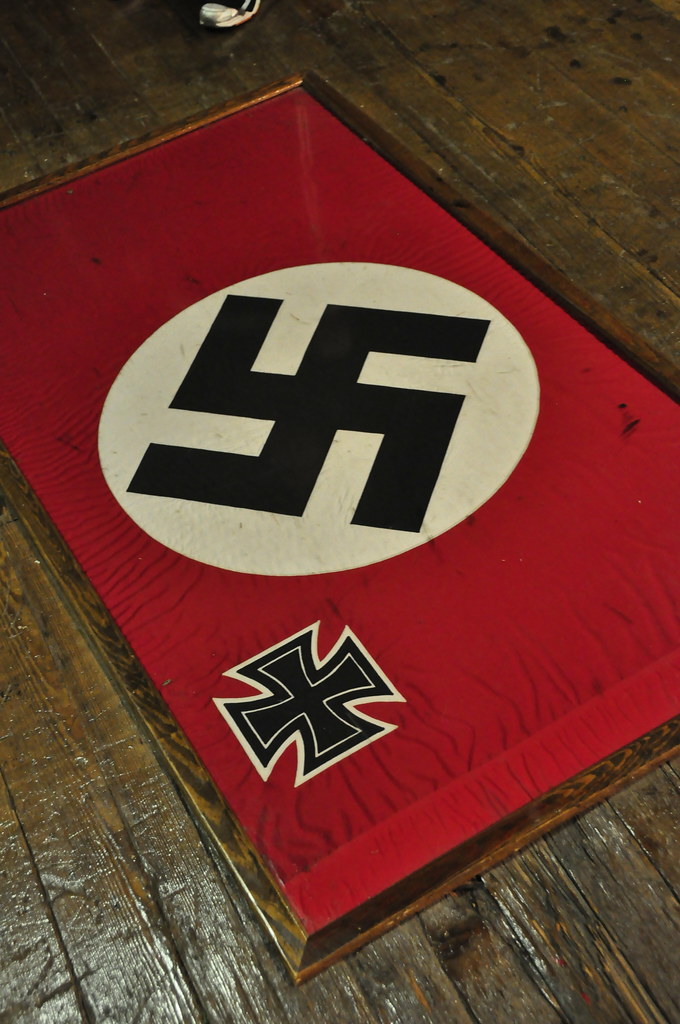
No comments:
Post a Comment